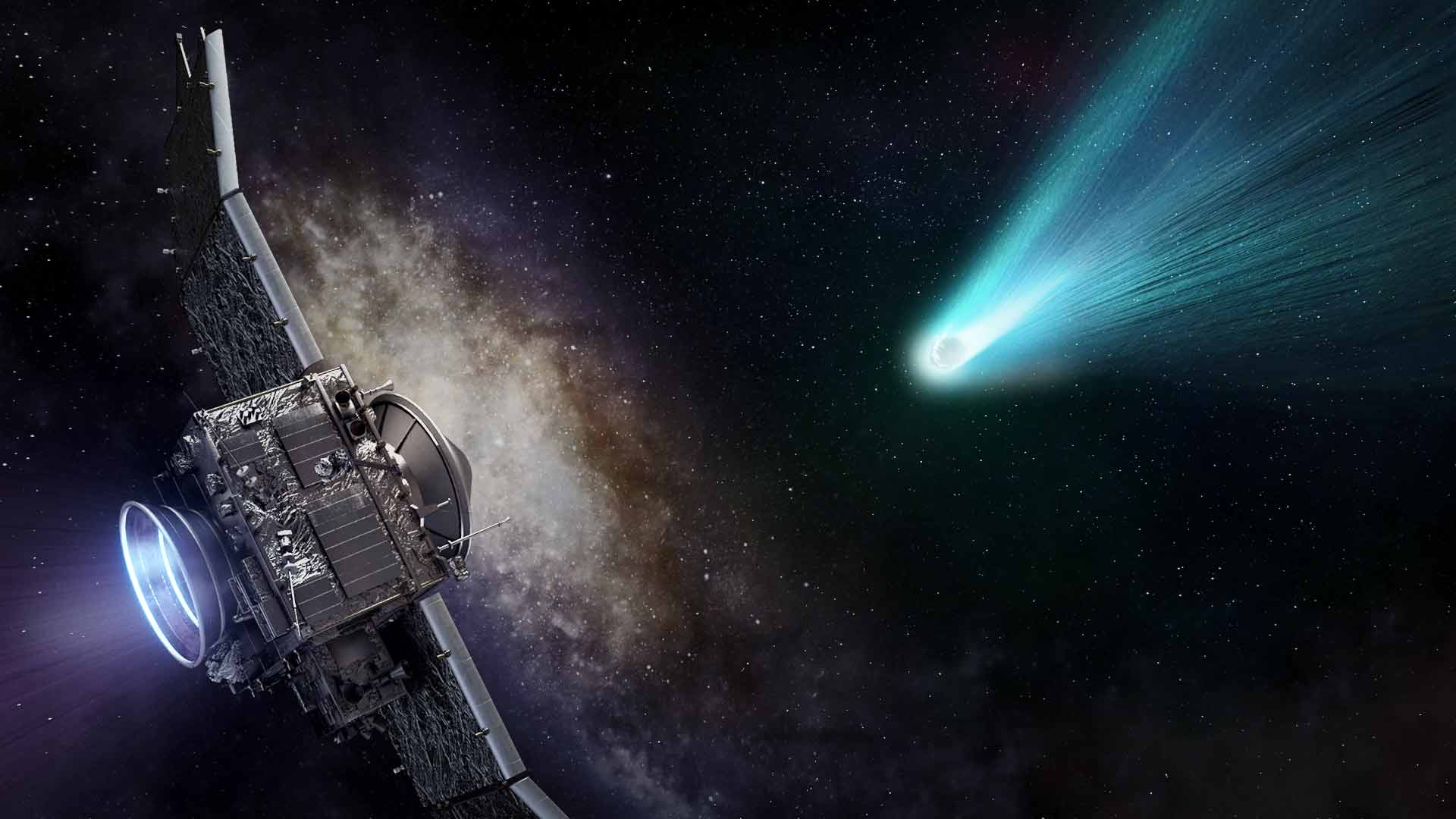Photos: 'Millennium Falcon' Predator Hunted Seas Half a Billion Years Ago
Cambrian predator
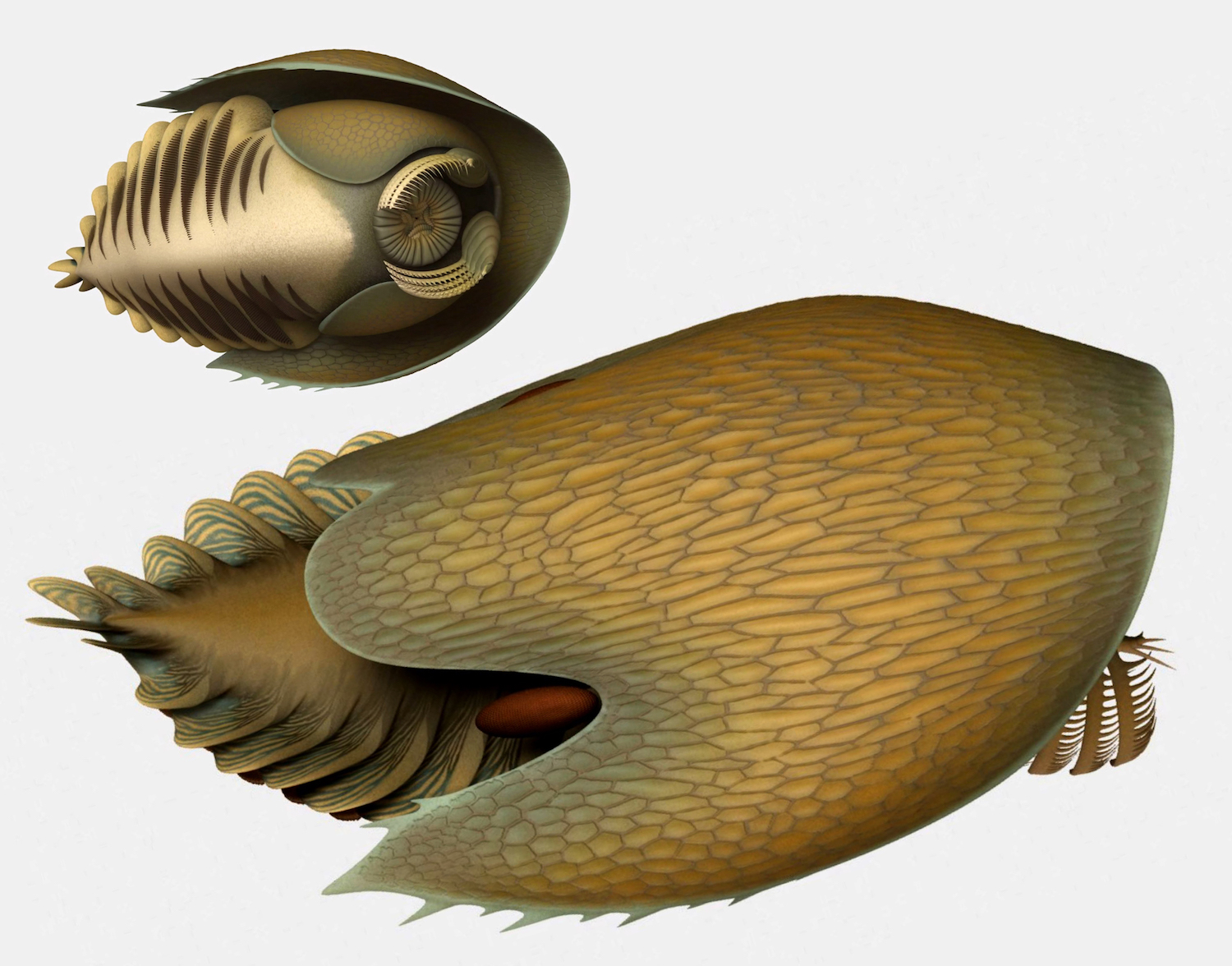
Meet Cambroraster falcatus, a hand-size predator that lived about half a billion years ago, during the Cambrian period. It looked so much like the Millennium Falcon from "Star Wars" that paleontologists named the species after the spaceship. [Read more about the fearsome Cambrian predator]
Space cadet
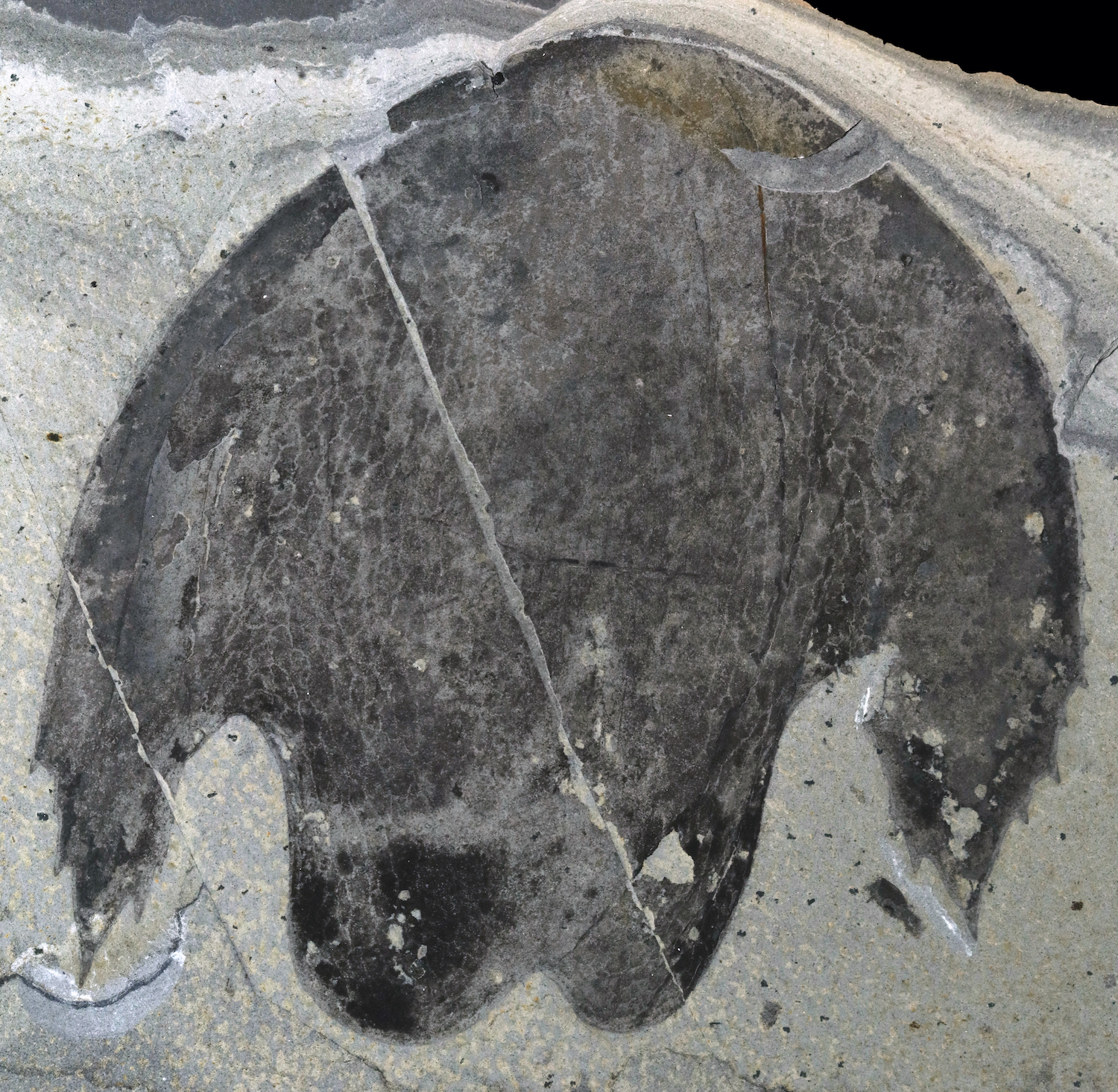
C. falcatus had a shell on its head called a carapace. The deep notches are where the creature's eyes would have sat.
Excavation
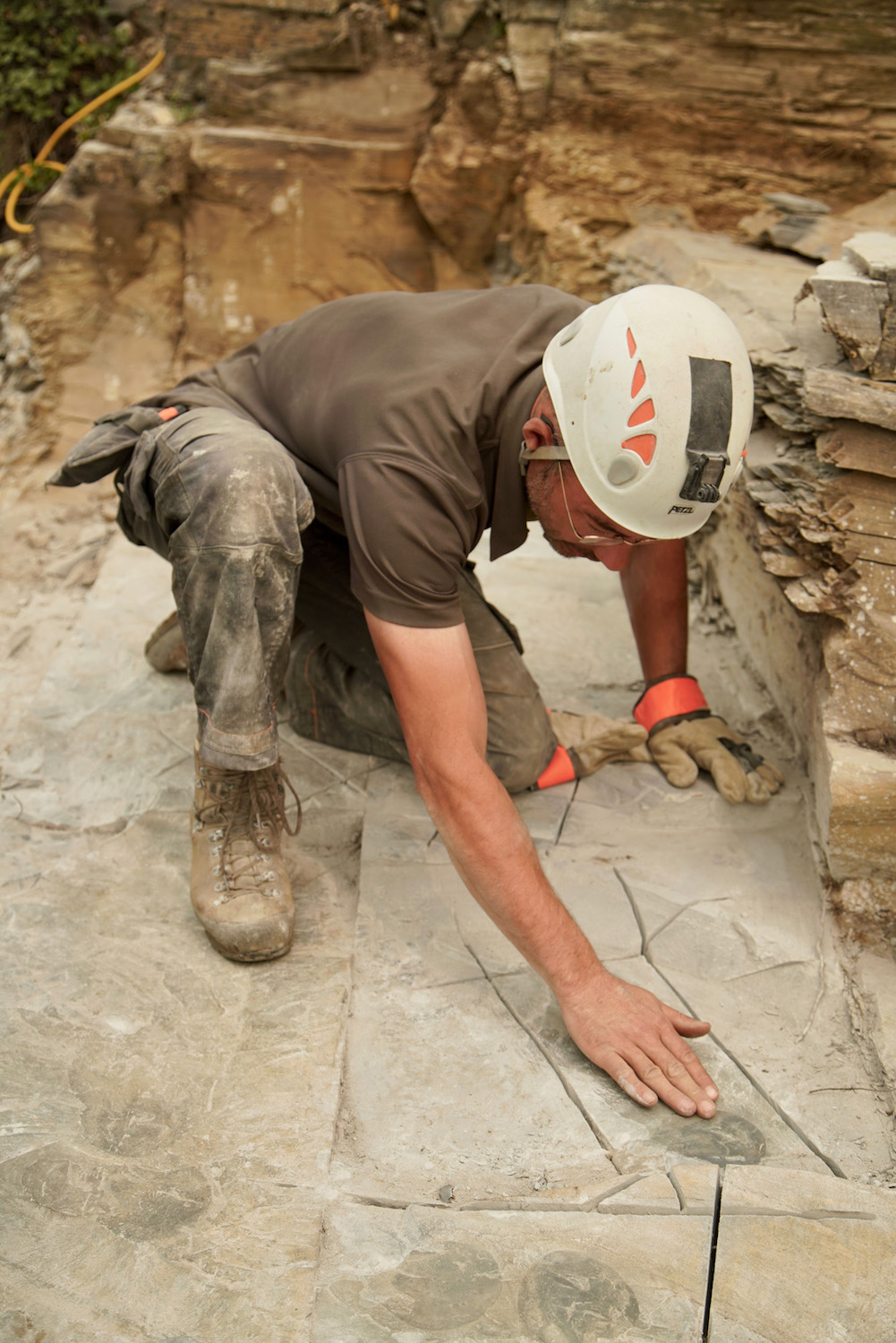
Jean-Bernard Caron, a curator of invertebrate palaeontology at the Royal Ontario Museum in Canada, excavated a C. falcatus fossil. All of the fossils were found in the famous Burgess Shale deposit in the Canadian Rockies.
Hand-size predator
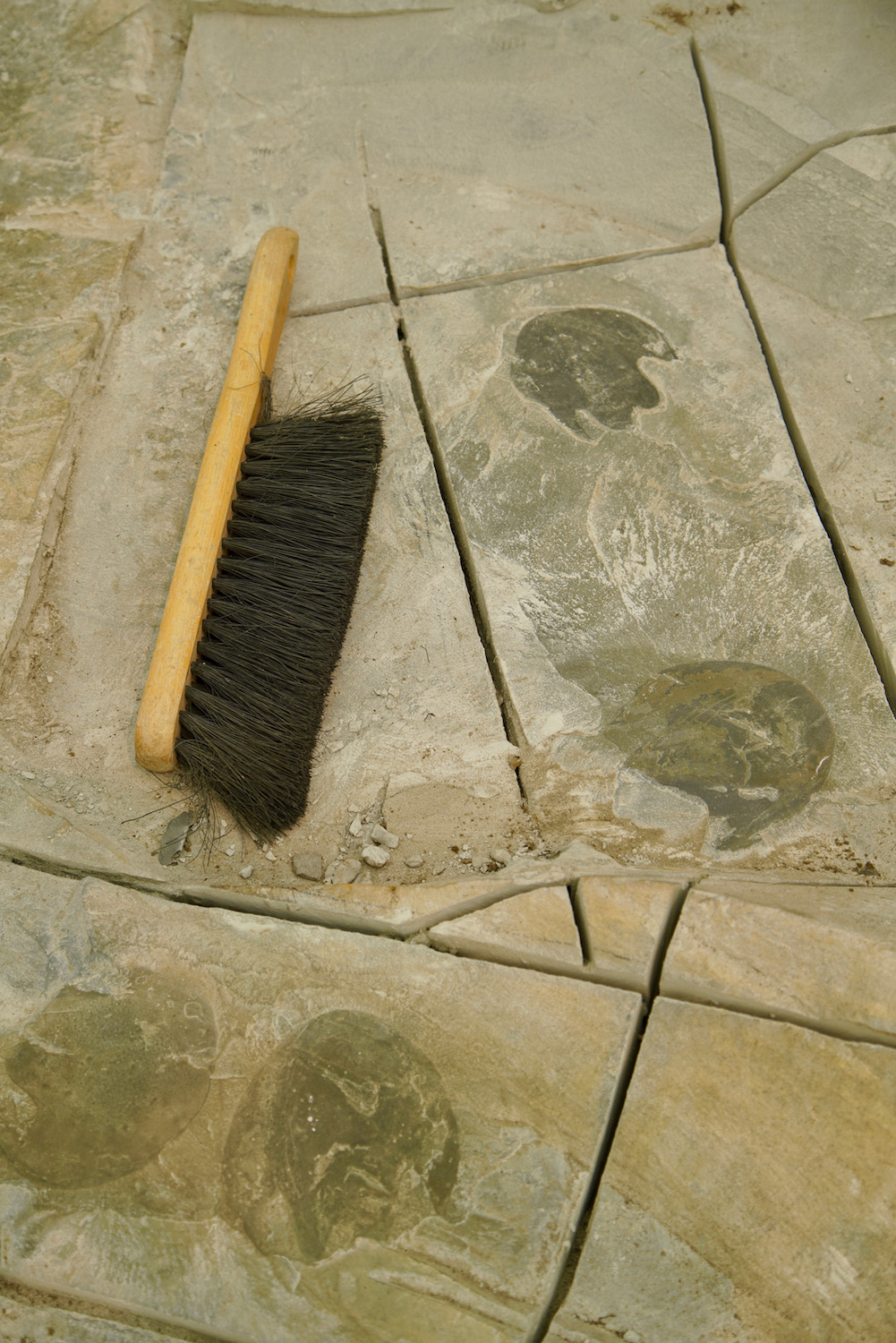
Most of the fossils show that the creature was about the size of a person's hand. The largest individual was nearly 12 inches (30 centimeters) across, Caron told Live Science.
Swimming flaps
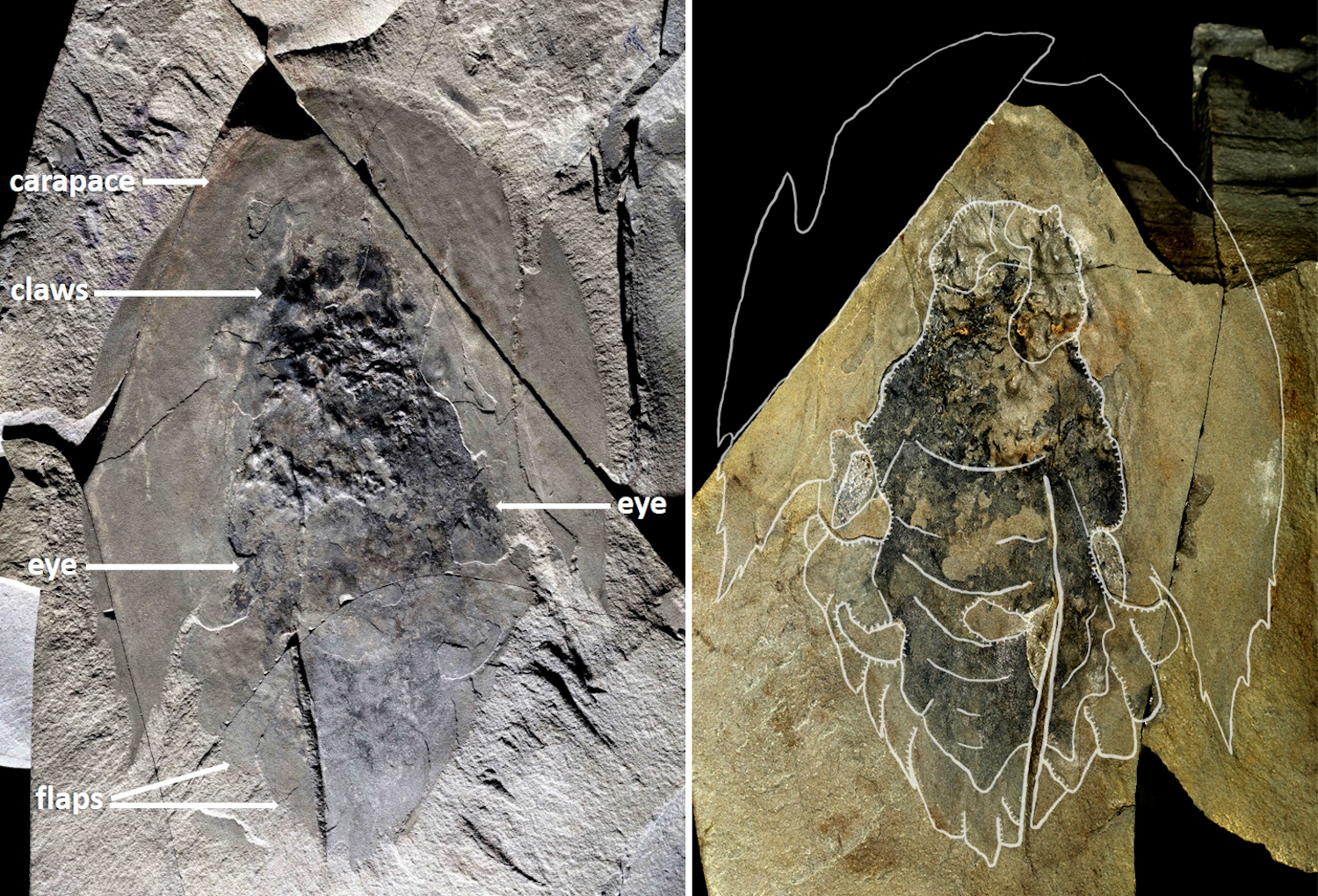
These fossils show both sides of the first complete specimen that scientists found.
Rack-like claw
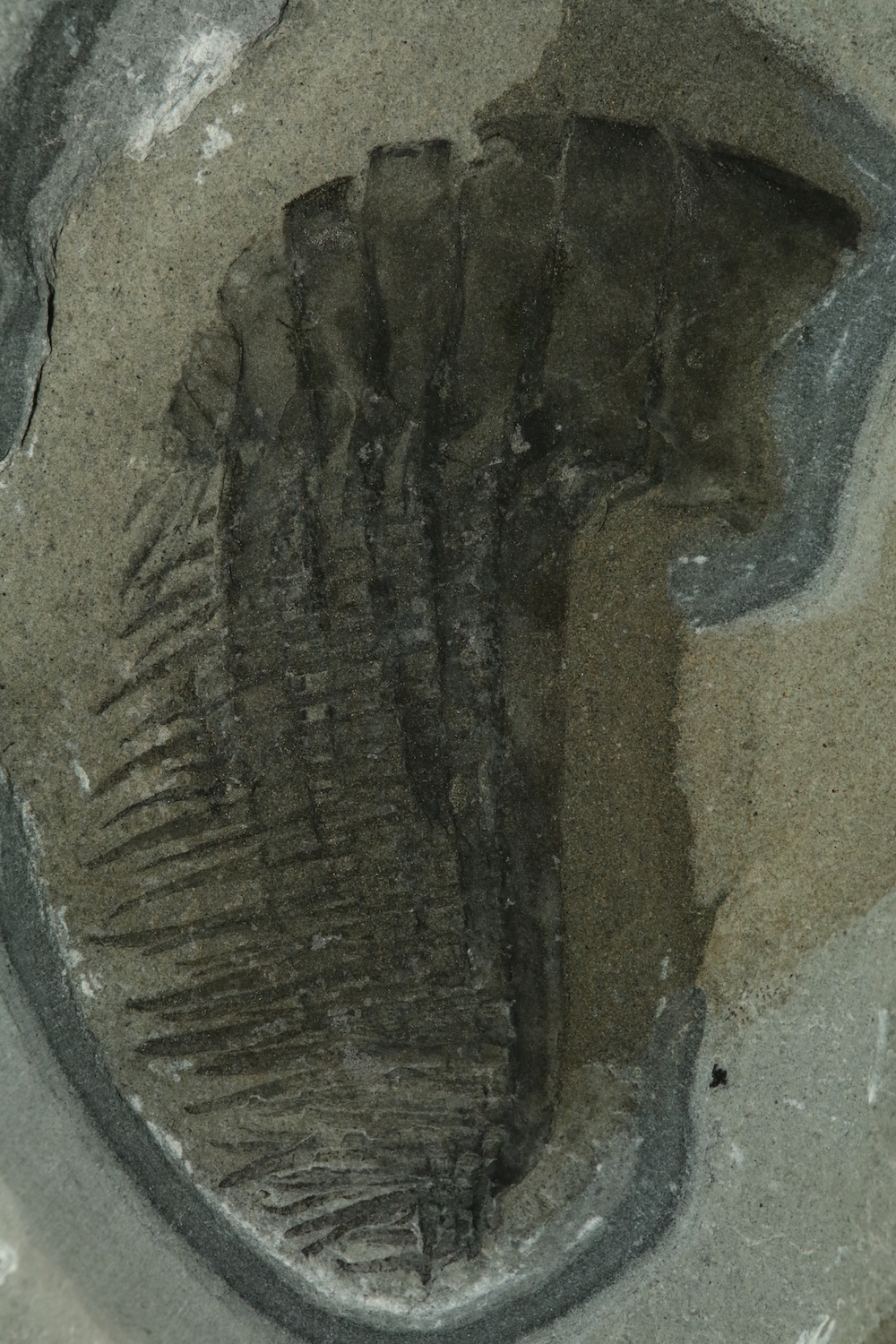
C. falcatus had rack-like claws that it likely used to catch prey.
Pineapple-shaped mouth
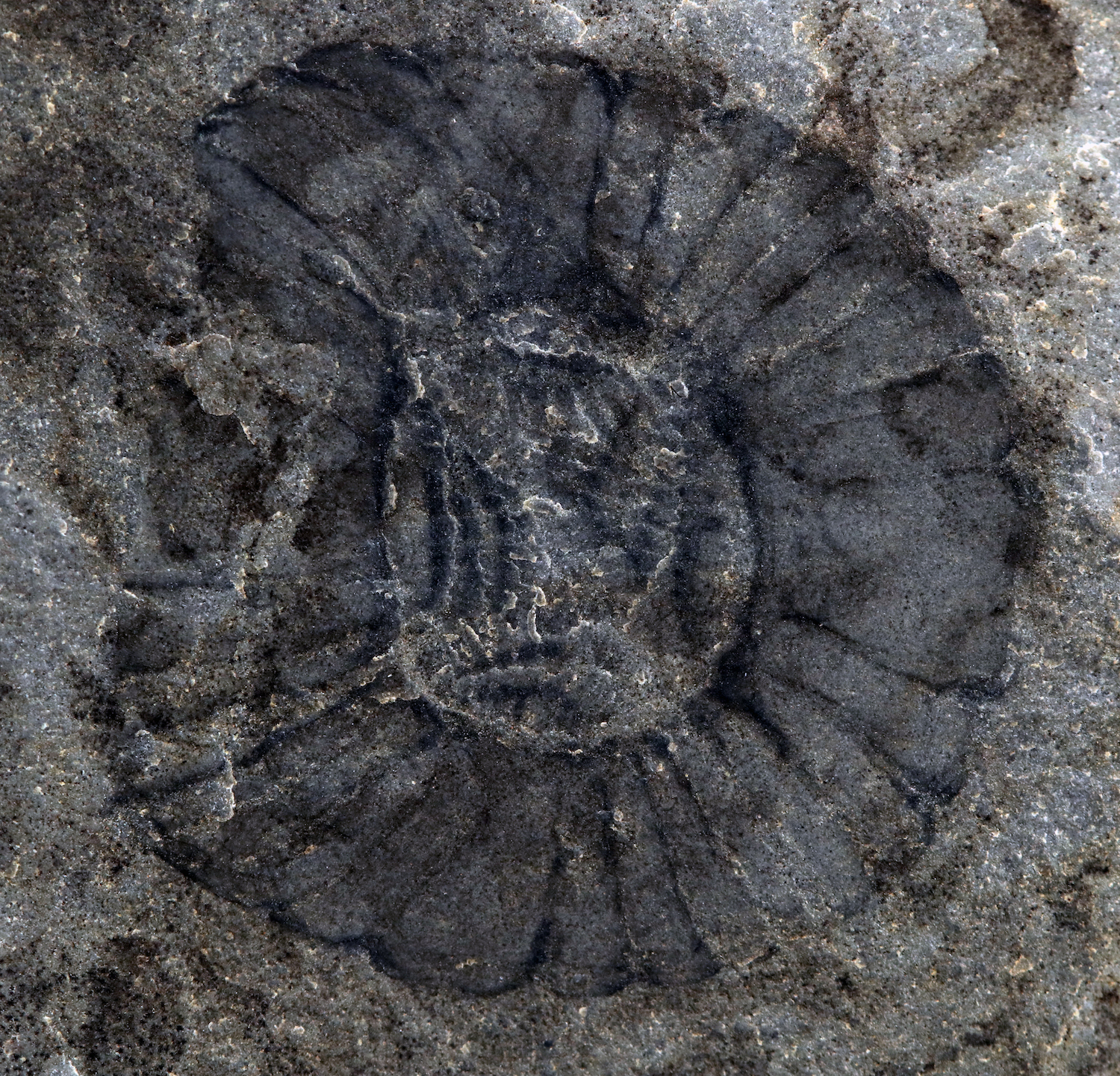
The predator's mouth looked like a circular pineapple slice. Notice the rows of toothed plates.
Get the world’s most fascinating discoveries delivered straight to your inbox.
Small but deadly
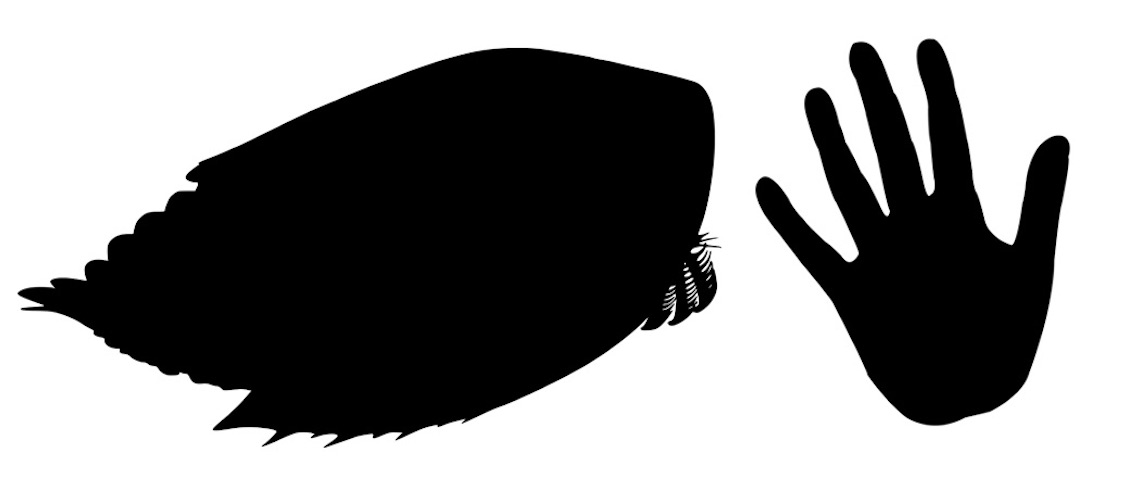
This helps put the size of C. falcatus in perspective.
One of many
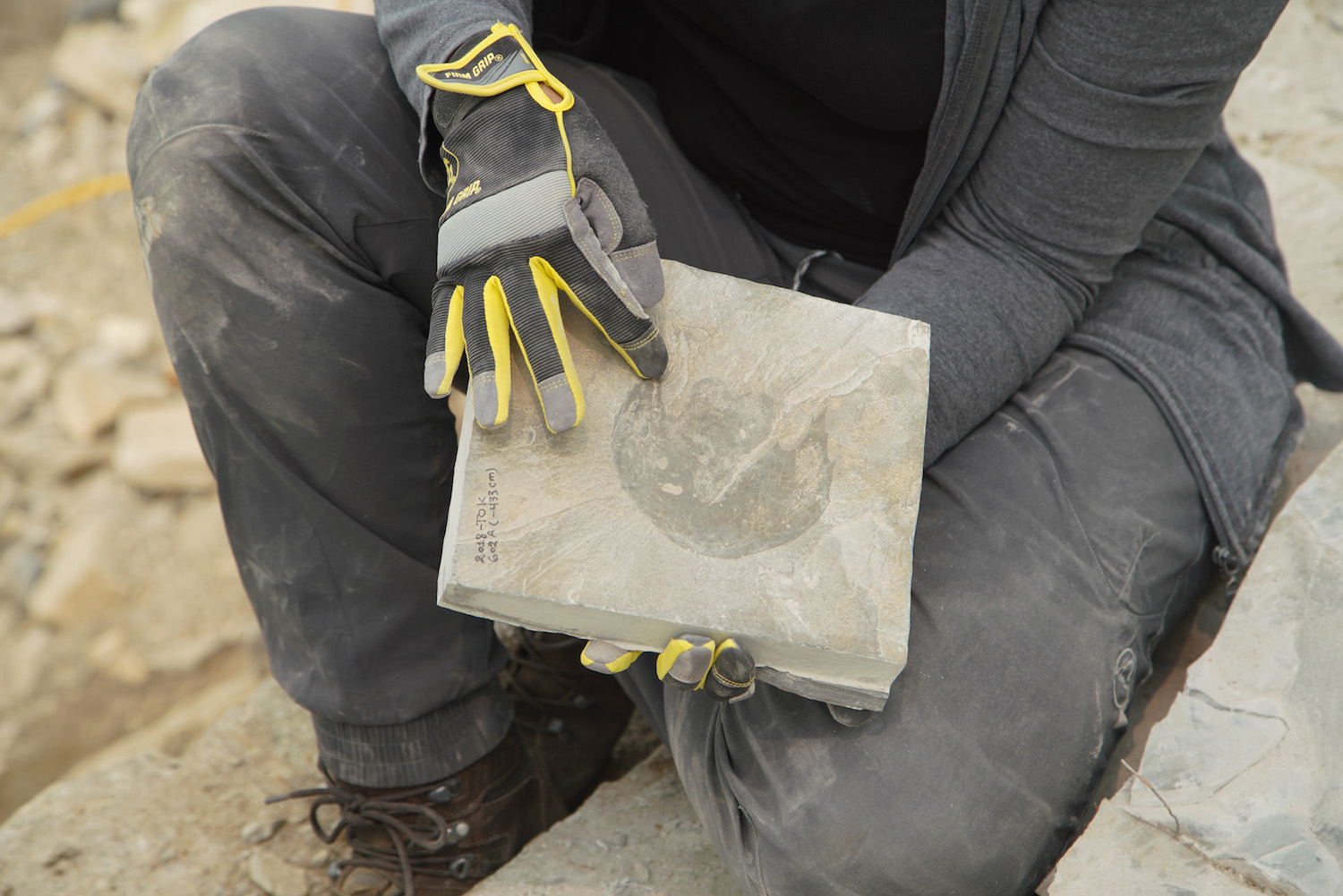
The paleontologists found 140 unique fossils of C. falcatus in the Canadian Rockies.
Rocky map
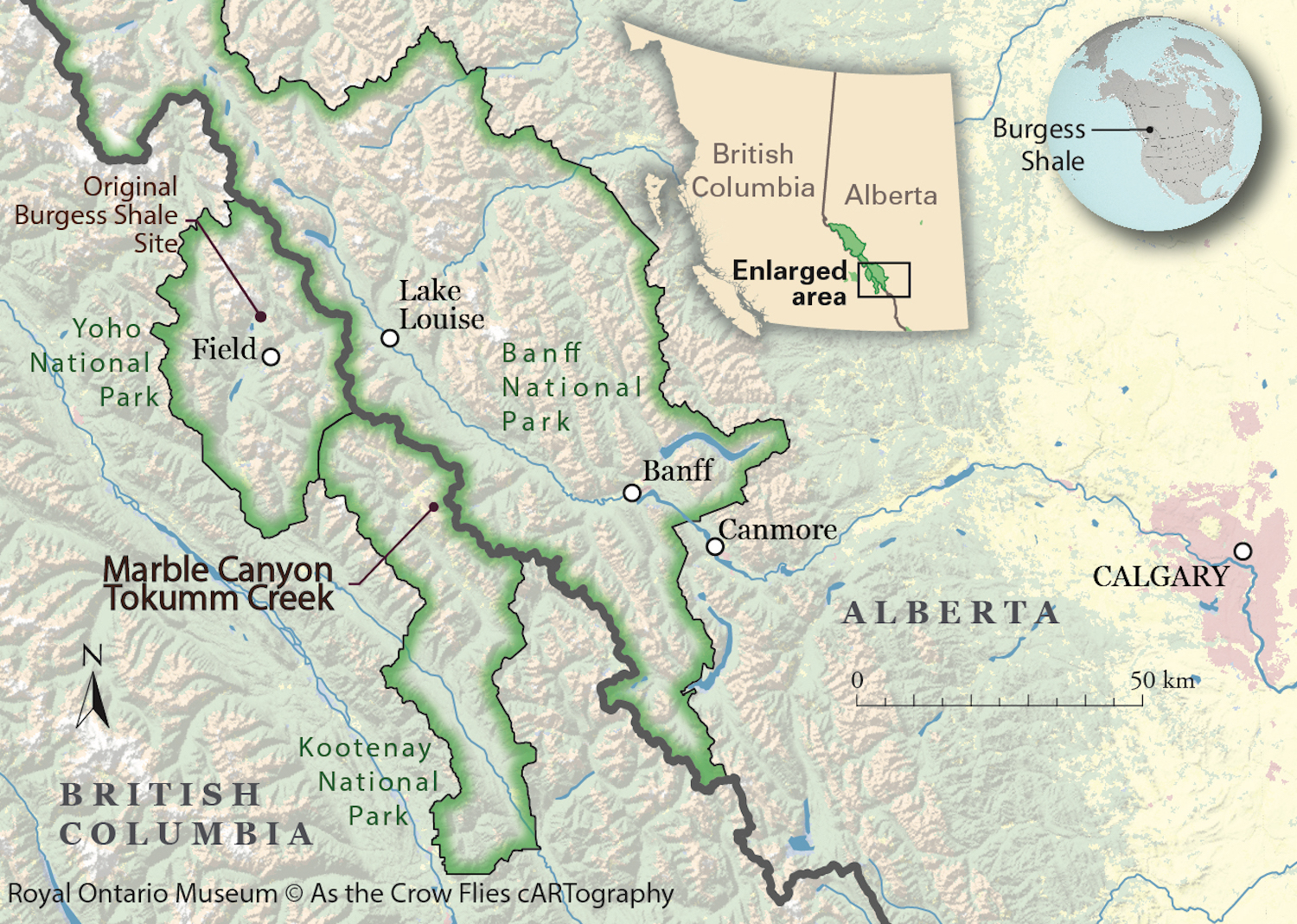
This map shows the approximate locations of Marble Canyon and Tokumm Creek, where the fossils were discovered in the Canadian Rockies.
Paleontologists
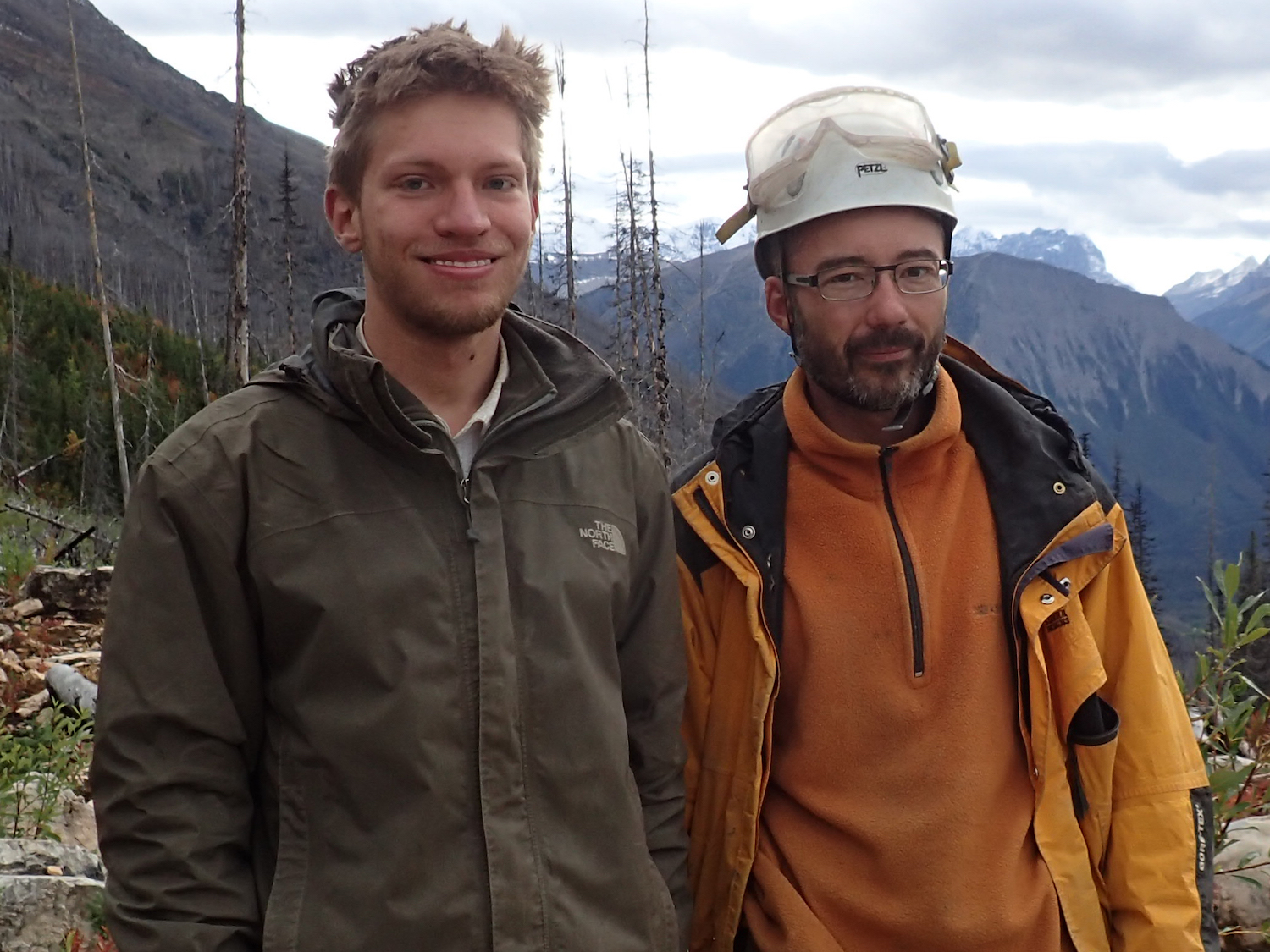
Study co-researchers Joe Moysiuk (left) and Caron (right) working at the Burgess Shale at Kootenay National Park in British Columbia, Canada.

Laura is the managing editor at Live Science. She also runs the archaeology section and the Life's Little Mysteries series. Her work has appeared in The New York Times, Scholastic, Popular Science and Spectrum, a site on autism research. She has won multiple awards from the Society of Professional Journalists and the Washington Newspaper Publishers Association for her reporting at a weekly newspaper near Seattle. Laura holds a bachelor's degree in English literature and psychology from Washington University in St. Louis and a master's degree in science writing from NYU.


